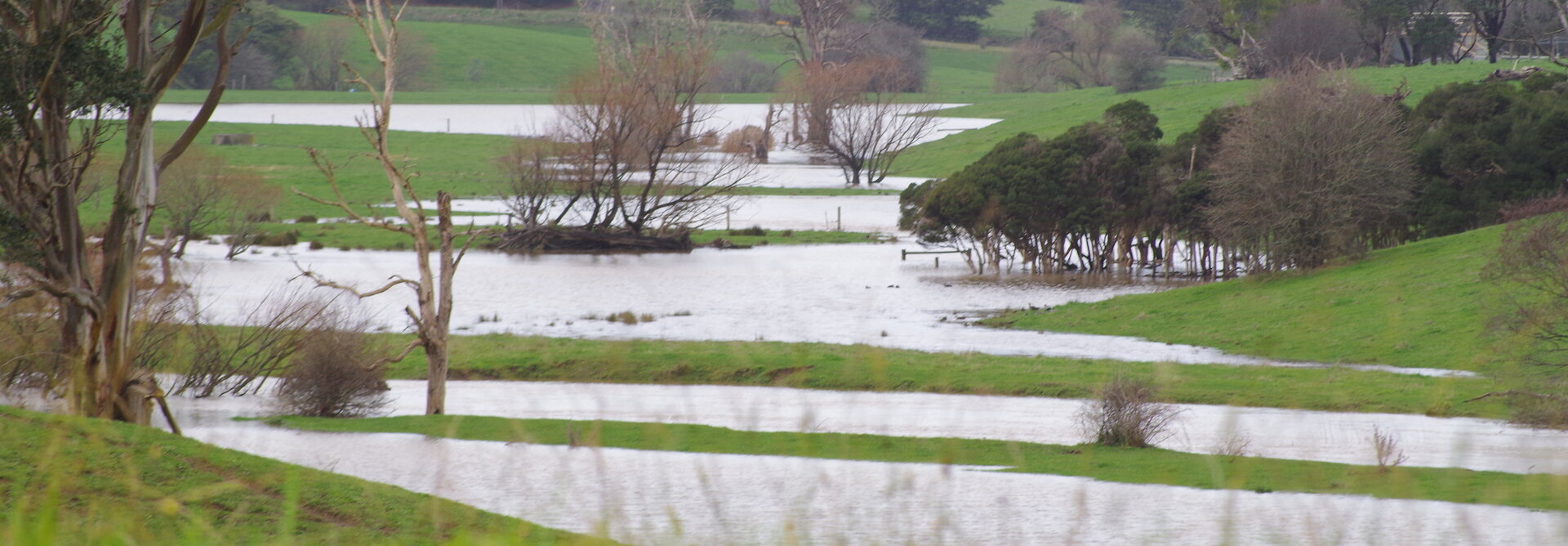It’s very humbling to contemplate the hundreds of generations of people who have lived and travelled through the Black Spur. Time adds another dimension to this place.
The Bunurong, with archaeologists, have generously shared insights into this history with NTV Landcare members on three occasions as they work to retrieve artefacts from the proposed highway footprint. They explained their methods, demonstrated techniques, and showed us some of their finds so that we came away with new understanding and appreciation. We’re grateful for this opportunity and also thank Deb from Major Roads Project Authority for facilitating these experiences.
In the book “Koonwarra, My Home” by Fred Holt, Coral has found descriptions of the rich ecosystem that existed at Black Spur before European influence had fully impacted. Numerous lyrebirds scratched up freshly sown grass seed (close to where the new highway route is currently being fenced off) and Holt wrote about the unemployed camping on the Tarwin during the Depression (1930’s). Also "Christmas holiday makers from special trains to spend their annual holiday camped on the banks of the Tarwin, Blackfish and good water being the attraction for as many as 200 campers. The area around the bridges resembled a gold rush which was in fact a temporary Blackfish rush”!
With help from the West Gippsland Catchment Management Authority, Mel and Luke are certainly doing their bit to restore local habitat. In February they invited the landcare group to a barbecue and to see the massive amount of work that has gone in to removing and stacking ash and willow trees prior to fencing off and re-vegetating the river and wetlands. Blocking of drains to restore wetland function is included in their farm plan.
We also appreciate the hard working Great Southern Rail Trail committee who are planning for the future management and maintenance of the trail. Member Dan is often riding the trail and initiating and implementing all sorts of improvements including plans to re-vegetate near Hogans Road.
Even amongst the current blackberries on the river flats near the bridges, it’s heartening to see Silver Wattle, Blackwood, Native Hemp, and Kangaroo Apple regenerating.
Perhaps one day we will successfully restore lyrebirds and numerous Blackfish to the Black Spur Creek Wetlands area. It seems to be a reasonable aspiration for 100 acres of public land that straddles two major corridors, the Tarwin River and the Great Southern Rail Trail. The hundred acres can potentially provide so many services for us – a transport route but also water supply for Meeniyan as well as water for the length of the Tarwin River and into Andersons Inlet, a scenic spot for recreation and tourism, wildlife habitat, soil stabilization, fresh air and greenhouse gas sequestration …………….and a place to contemplate landscape influences over hundreds, thousands, and millions of years.
And with electric cars we won’t get all the current noise pollution!

